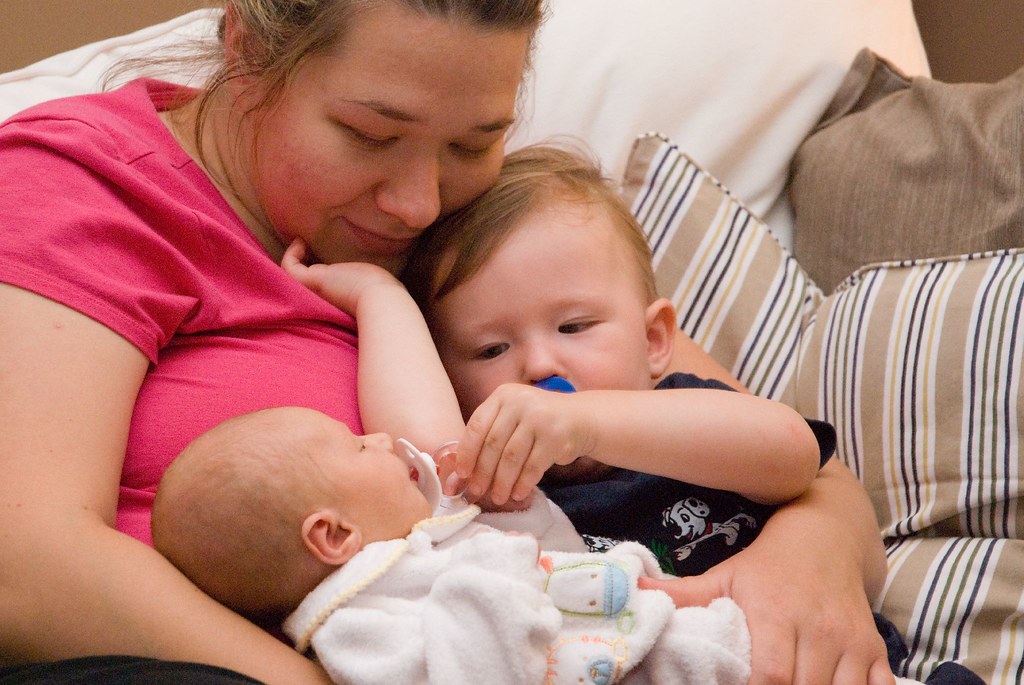I read the first Wimpy Kid book when it appeared a few years ago and was quickly enamored. Greg is so believable, so flawed, so funny in his innocence. The cartoons Jeff Kinney (author and illustrator) scatters throughout the book are laugh-out-loud.
I had no idea, though, Wimpy Kid would take off as it has. In every third and fourth grade group that comes into my room now, at least two of the students (of the usual 6) have one of Kinney's books with them. (The reading level of the books is approximately third grade. I have several second graders who keep trying to check out my copies, even though the books are a bit too difficult for them. I make them a bargain - they can get the Wimpy books if they read 15 other books in "their" bucket. A huge motivator.) Last week when I checked the AR website (AR is a popular web-based program that helps teachers test students' knowledge over books read independently), the Wimpy Kid series is the most-checked out book in 2009 for grades 3-6. Of course.
Thank you, Mr. Kinney. I often tell parents it's not that boys don't like to read. They do - if they find something that talks to them. The boys run for Wimpy Kids. Girls do, too.




